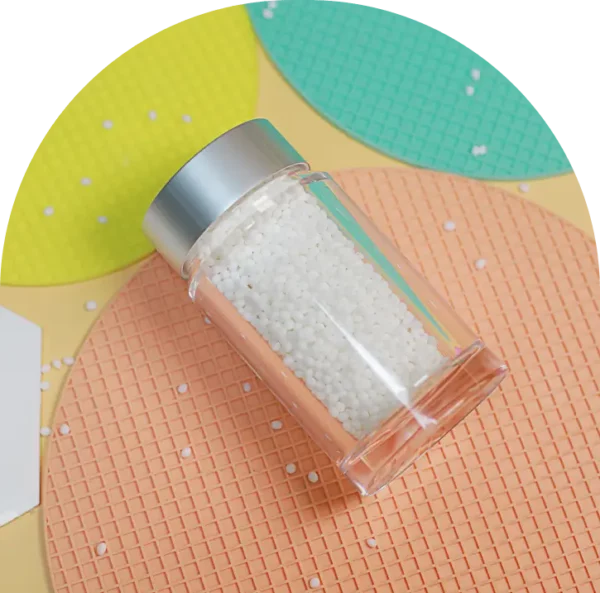Sustainable Plastics Power the Blind Box Boom

Blind box toys and collectibles have surged globally, bringing a new niche to the plastic industry.
With origins in East Asia as early as the 1960s, blind boxes offer a unique marketing strategy: uncertainty. Over recent years, blind box toys have gained significant popularity. In 2023, their market share was valued at $16.96 billion. By 2031, market experts predict that the number will rise as high as $38.4 billion. These small collectibles often comprise polyvinyl chloride (PVC), acrylonitrile butadiene styrene (ABS), or resin. Customers purchase them sight unseen, with their contents hidden by packaging. Inside is a themed collectible, often with unique designs by artists or portraying popular characters. The blind box’s mystery item can range in rarity and value, making it especially enticing to consumers.
Plastic allows for a wide range of designs, colors, and finishes for blind box toys. As the market for these collectibles continues to grow, many manufacturers are looking towards sustainable design choices for the future. One company, Chengdu SILIKE Technology Co., Ltd, is offering an innovative material as a solution: Si-TPV.
A Next-Generation Material
Si-TPV is a dynamic vulcanizate thermoplastic silicone-based elastomer. The thermoplastic resin comprises evenly distributed, fully vulcanized silicone rubber particles (1 to 3 µm). These particles form a distinct “island-in-sea” structure. In this configuration, the thermoplastic resin is the continuous phase, while the silicone rubber occupies the dispersed phase. Si-TPV demonstrates superior performance compared to conventional thermoplastic vulcanized rubber (TPV) and is frequently referred to as “Super TPV.” Developed with a focus on sustainability, quality, safety, and skin-friendliness, Si-TPV represents a next-generation material for diverse applications.

SILIKE, established in 2004, offers sustainable alternatives to traditional elastomers. Courtesy of SILIKE.
This material offers the benefits of both thermoplastics and fully cross–linked silicone rubber and is free of plasticizers and softening oils. Si-TPV has superior resistance to abrasion and stains compared to traditional TPVs. It is also non-toxic and free from hazardous substances, traits vital for use in toys. Additionally, the material’s recyclability and reusability in the manufacturing process set it apart from traditional TPVs.
You can also read: Strategies for Sustainable Plastic Toys.
Si-TPV can accommodate a wide range of designs, making it a great choice for blind boxes:
- Its flexibility is versatile, with a hardness ranging from Shore A 25 to 90. This allows for soft and squeezable toys as well as rigid, standing figurines or hard components.
- Si-TPV has a silky texture that is soft on the skin, without the need for additional processing or coating steps.
- With excellent coloring capabilities, it can maximize visual appeal.
- Si-TPV elastomers offer expanded manufacturing options. Manufacturers can produce Si-TPV using standard thermoplastic processes, such as extrusion, injection molding, or soft touch overmolding. Co-molding with various plastic substrates is also possible with Si-TPV. It bonds seamlessly with polycarbonates, ABS, thermoplastic polyurethane, and other polar substrates. Thus, manufacturers can make unique designs that incorporate multiple materials.
